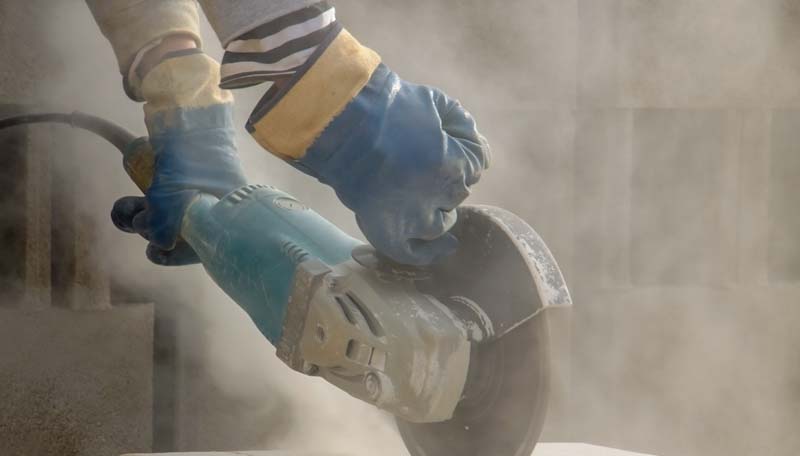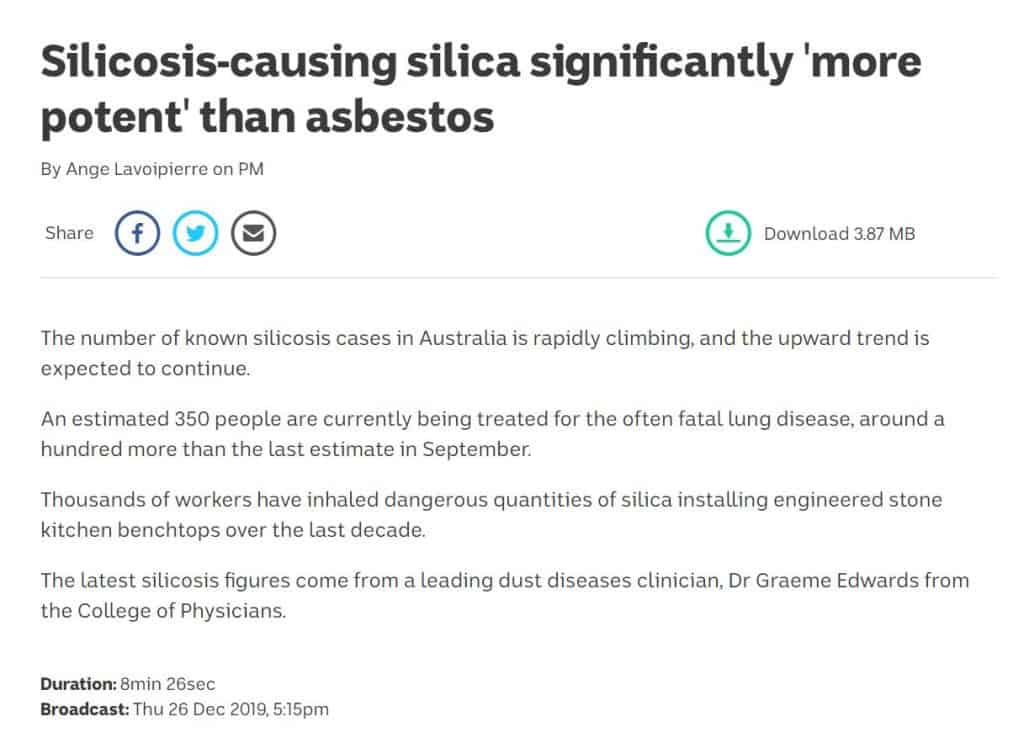Australia has yet to offer a good reason for hazardous engineered stone products not being banned from import and use. On November 23 2022, Australia’s most influential construction union, the CFMEU, stated that it would ban these products from mid-2024 if the Federal Government does not. Trade unions no longer have the level of influence or numbers to achieve these sorts of bans. As with asbestos many years ago, such campaigns risk taking more credit for the potential occupational safety and health reforms than they deserve.
Category: asbestos
Stories of engineered stone companies moving interstate to avoid safety obligations
In late December 2019, Dr Graeme Edwards provided an update on Australia’s silicosis situation to the Australian Broadcasting Corporation’s PM program in which he mentions the movement of businesses to avoid occupational health (OHS) and safety obligations and duties.
Mining comments are revealing
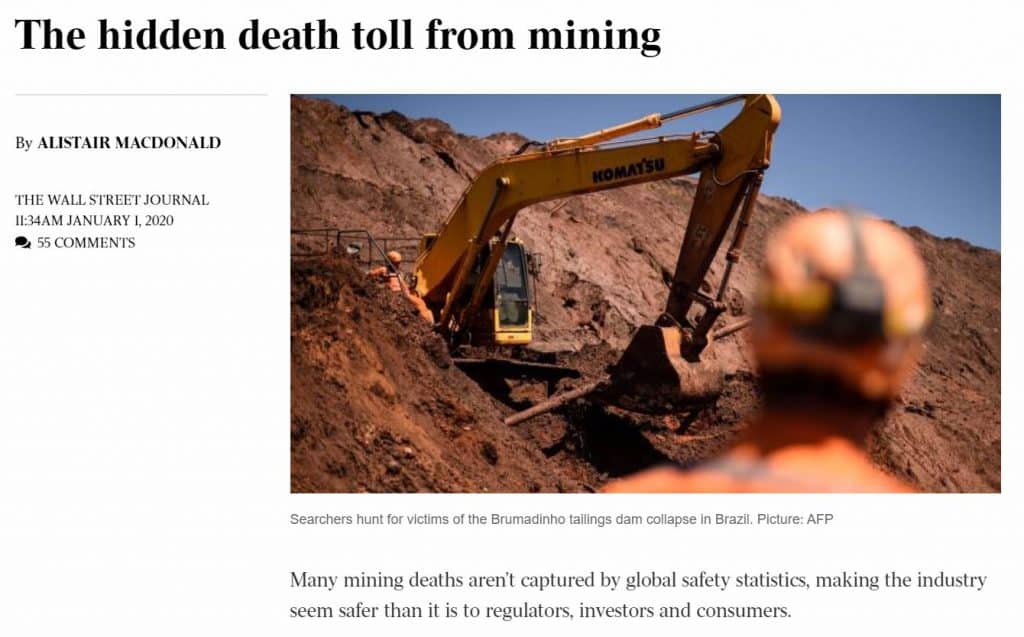
The reader’s comments on online articles can be very revealing. Below is a discussion of some of the comments posted on The Australian website in response to an article about the accuracy of workplace fatality data in the mining industry. Given that this is one of the few mainstream media articles about occupational health and safety (OHS), they are telling.
One commenter asked the newspaper:
“… if one of your accountants based in the Sydney office were to have a car accident in Parramatta while driving to work in the morning, would you include that in your OHS statistics as a workplace fatality?”
Silicosis – “we need to licence the industry and we need to regulate the product”
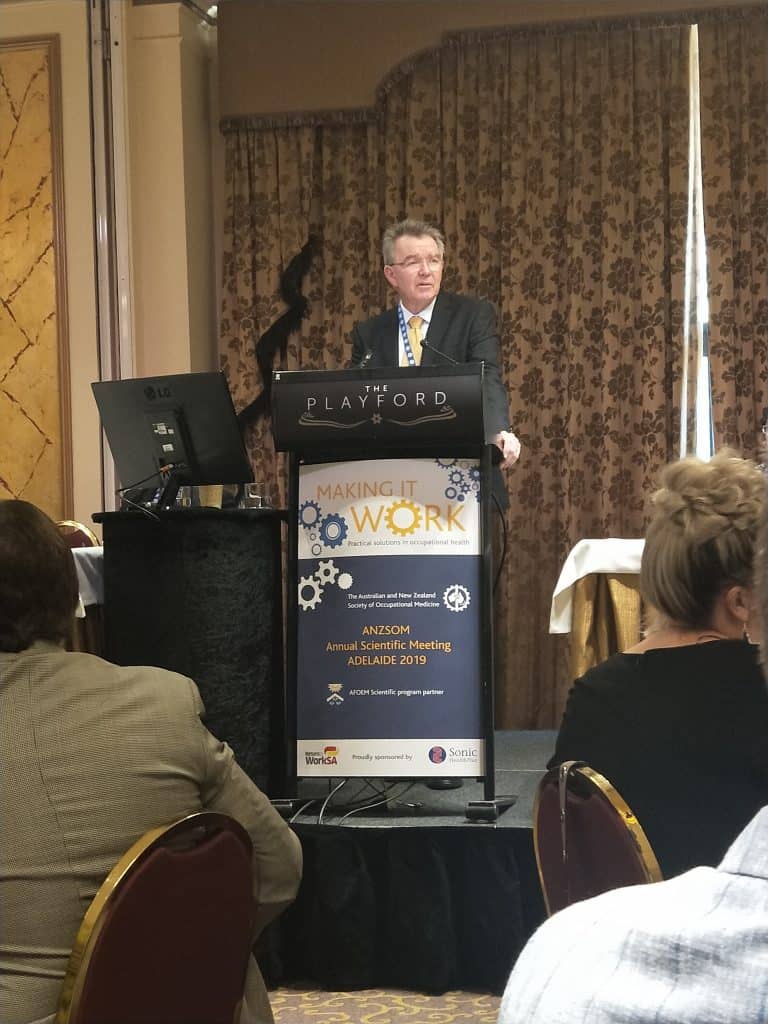
Last year the Scientific Meeting of the Australia and New Zealand Society of Occupational Medicine (ANZSOM) had a fiery discussion on the occupational health and safety (OHS) risks of cutting engineered stone. The status has changed a lot over 12 months with various Codes of Practice, new exposure limits, a National Dust Disease Taskforce and lobbying from Erin Brockovich. However the risk of worker exposure seems too have not changed this much because it is employers who are responsible for safe workplaces and there are many layers of OHS-related communication between research and practical application.
Dr Graeme Edwards (pictured above) spoke first in the ANZSOM panel on October 29 and he came out with all guns blazing.
“Prima facie evidence of system failure. That’s what accelerated silicosis means. It is an entirely preventable disease.”
Scientific Meeting challenges
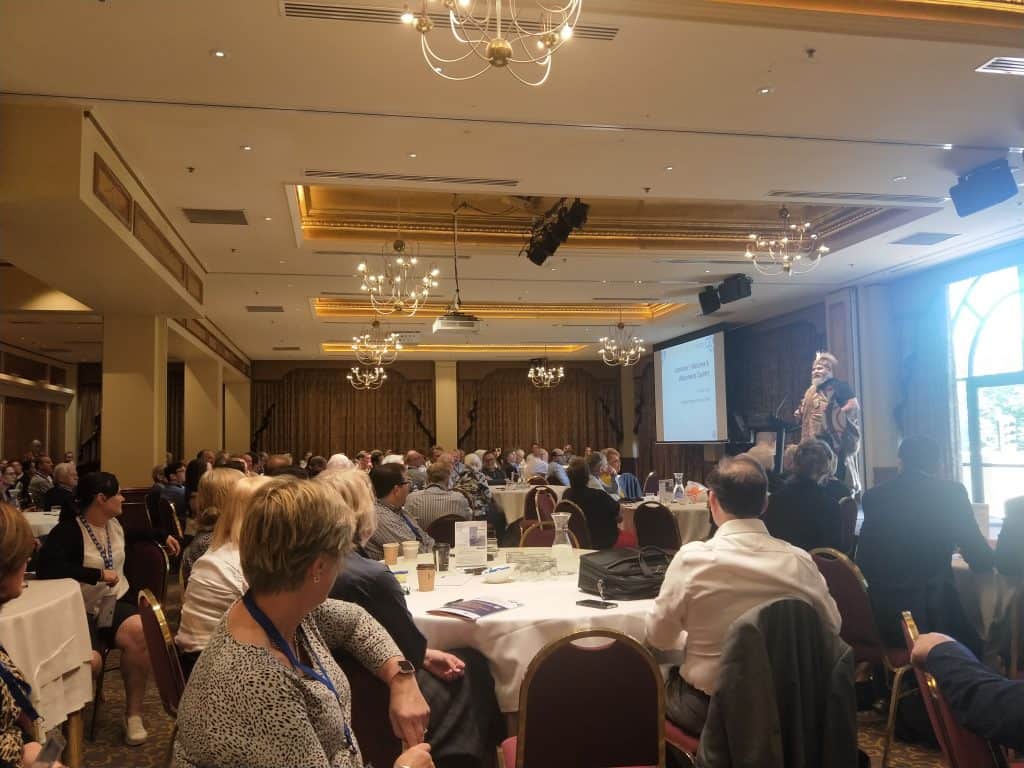
There is a difference between a conference and a scientific meeting. The latter, like the current meeting of the Australia and New Zealand Society of Occupational Medicine (ANZSOM), provides evidence. The former tries to provide evidence but is often “infiltrated” by salespeople or the evidence is of a lesser quality. Both are avenues for gaining information and sometimes the gaining of wisdom.
Day 1 of ANZSOM’s annual scientific meeting was heavy on overhead slides, graphs, Venn diagrams, flowcharts and at least two appearances of photos of Donald Rumsfeld! There was a curious thread in several presentations – the role of non-occupational factors on workplace hazards and interventions. This bordered on a discussion of political science and its relevance to occupational health and safety (OHS). It was a discussion that is rarely heard outside of the basement of the Trades Halls and the challenging questions from die-hard communists and unionists, but it was an important one. Some time soon we deserve a one-day seminar on the politics of workplace health and safety so that we can better understand what we mean by the lack of political will when we whinge about the slow pace of change. (There will be more on this theme in the exclusive interview with Professors Maureen Dollard and Sally Ferguson soon)
OHS in politics this week
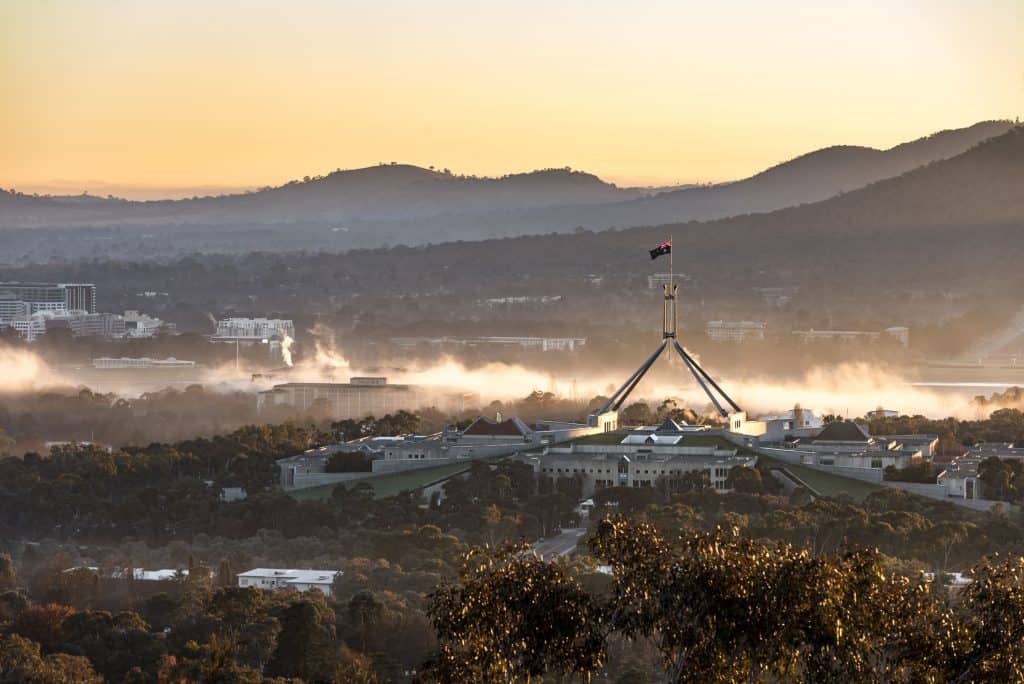
Occupational health and safety (OHS) popped up in the Australian Parliament this week in odd, oblique ways. OHS was tied to
- asbestos imports,
- the Ensuring Integrity Bill,
- a construction company owner in Western Australia, and
- sexual harassment.
Question and Answers
On September 19 2019 several questions were put about the importation of asbestos containing products. The Government through the Home Affairs Minister, Peter Dutton, advised that:
More safety in politics
Here’s a quick summary of several mentions of occupational health and safety (OHS) in the various Parliaments in Australia over the last week or so.
Answers to Questions on Notice
In Parliamentary Committees, speakers often put questions “on notice” as they do not have the answer at hand. Often these questions fade from memory but answers do appear, usually. A good example has been provided in the South Australian Parliament on September 11, 2009 with the Treasurer, Rob Lucas, providing answers to questions from Estimates Committee B on July 24 2019. For the number junkies out there, according to Hansard, in 2018/19 SafeWork SA:

